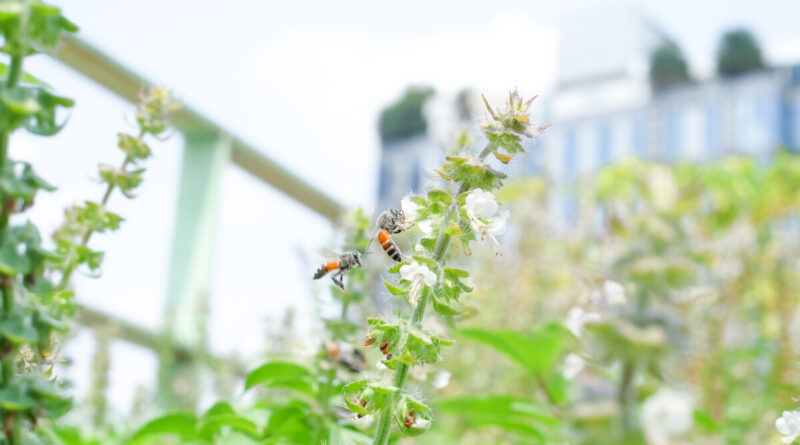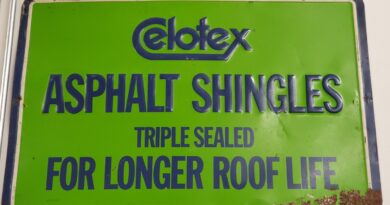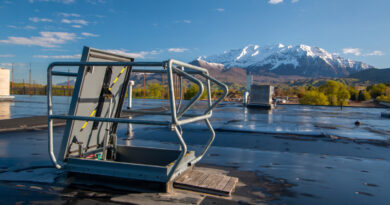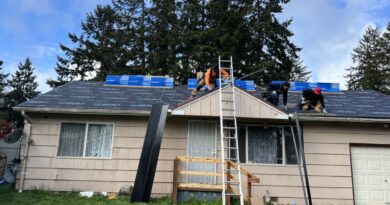Green Roofs
Bringing Beauty & Eco Benefits to Denver, Colorado
by Christy Collins, AIA, LEED® AP BD+C, Green Communities lead, City & County of Denver

(Editor’s Note: Christy Collins, a licensed architect with a Masters of Architecture Degree from the Harvard Graduate School of Design, has spent over 25 years leading sustainability and resiliency priorities and initiatives across a wide array of urban design and commercial architecture projects and teams. In her current role with the City and County of Denver Community Planning and Development team, she focuses on supporting Denver residents in pursuing new ways of thinking about, shaping, and engaging with the evolving environment we’re all part of. She looks forward to a future in which we live in balance with the resources that sustain our communities.)
As climate shifts cause complex changes across local, regional, and global environments, residents face new questions about how to keep communities viable into the future. Denver policymakers help citizens establish long-term visions and goals in plans then implemented by enforceable regulations. This is true across Denver City departments, including Community Planning and Development (CPD), where codes and regulations that shape building projects are created and updated. The work embodies the community’s shared priorities, articulated by the Mayor’s Office, City Council, and through focused collaborative partnerships between City and County of Denver (CCD) teams and engaged residents, subject matter experts, and industry representatives.
As part of this, green or vegetated roofs offer potential benefits tied to mitigation of climate change and biodiversity loss, adaptation, resiliency, resource balance, and ecological health. This article provides an overview of various policy initiatives in Denver and how they relate to green roofs.
Denver’s Comprehensive Plan 2040, adopted through City Council in April 2019 after 18 months of community collaboration, provides high-level guidance for supplementary plans and regulations. The plan envisions a healthy, prosperous Denver community empowered to persist into the future, existing at the intersection of equity, affordability, and environmental health. Current and emerging building project codes, policies, and initiatives steer development in service to this shared ideal, with several offering synergies with green roof opportunities.
Green Buildings Ordinance
Denver’s Green Buildings Ordinance (GBO), adopted in November 2018, replaced the voter initiated Green Roof Ordinance (GRO) approved a year prior. The GRO, then GBO, allowed citizens to vocalize a shared desire for building projects to contribute towards climate change mitigation and the health of the community. Members of CPD and the Denver Climate Action Team, now part of the Office of Climate Action, Sustainability, and Resiliency (CASR), led a yearlong community task force to adjust the ordinance to fit the specific environment of Denver. The committee added flexibility to the initial GRO, allowing more building teams to replace exemptions with beneficial, affordable solutions to meet requirements.
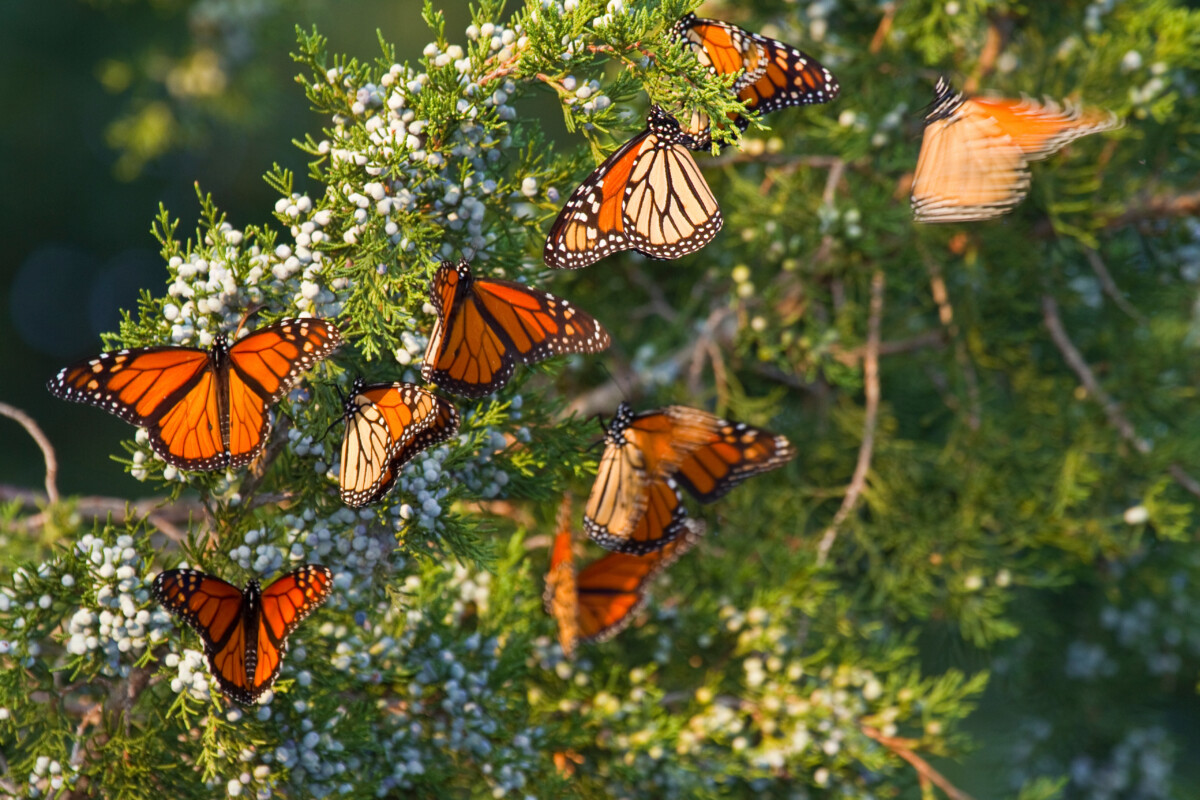
Benefits observable almost four years since adoption of the GBO include: several hundred new roofs combating urban heat island effect; over 100 buildings achieving higher than code required energy efficiency; over 30 buildings third party certified as delivering higher overall performance; and approximately 65 buildings offering enhanced green space onsite or through a contribution to the Green Building Fund. Notably, few green roofs have been developed specifically to meet GBO requirements, as other options have proved to be a better fit for project teams. As other regulations advance, building team preferences are projected to shift amongst GBO options. In the context of Comprehensive Plan 2040 goals, green roofs may gain popularity as a GBO option, and contribute towards Denver’s positive ecological evolution, and future livability.
Regulations
Other related regulations governing development projects in Denver generally focus around two areas: climate change mitigation and community resiliency through renewable energy production and efficiency, and broader resource balance, adaptation, and positive ecological evolution. CASR has led extensive public processes focused on both, quantifying resident goals in the Denver Climate Action 2020 Recommendations Report, and the Net Zero Energy New Buildings and Homes Implementation Plan.
Transforming plans into regulations governing building project operational energy impacts, in November 2021 CASR ushered the Energize Denver Ordinance through adoption after a yearlong public working group process, establishing energy efficiency and electrification requirements for existing buildings. This ordinance, along with updates to Denver Energy Code requirements proposed for late 2022 adoption, steers building projects to contribute towards a community goal of zero greenhouse gas emissions from buildings by 2040. While green roofs play a less direct role towards meeting requirements of these regulations, they can contribute by lowering interior and radiant roof temperatures.
Denver Green Code
Expanding out from previous building project regulations, relying again on extensive community engagement and expertise, CCD introduced the Denver Green Code (DGC) in 2019. Originally a purely voluntary regulation, updates proposed for late 2022 adoption incorporate limited mandatory use for all commercial projects. A unique regulation, the DGC is designed to speed transformation of visionary goals into enforceable regulations. Requirements prompt citizens and development teams to consider together, holistically, the potential impact a single property might have on a neighborhood, the city, the region, or beyond. In addition to targeting mitigation of climate change, provisions address immediate local pressures, including drought and heat. In this context, green roofs may play an expanded role. Additional research and community collaboration may provide a fuller definition of ecologically beneficial eco-regional green roofs, informing where and how extensively these features are encouraged through future updates to this and other regulations.
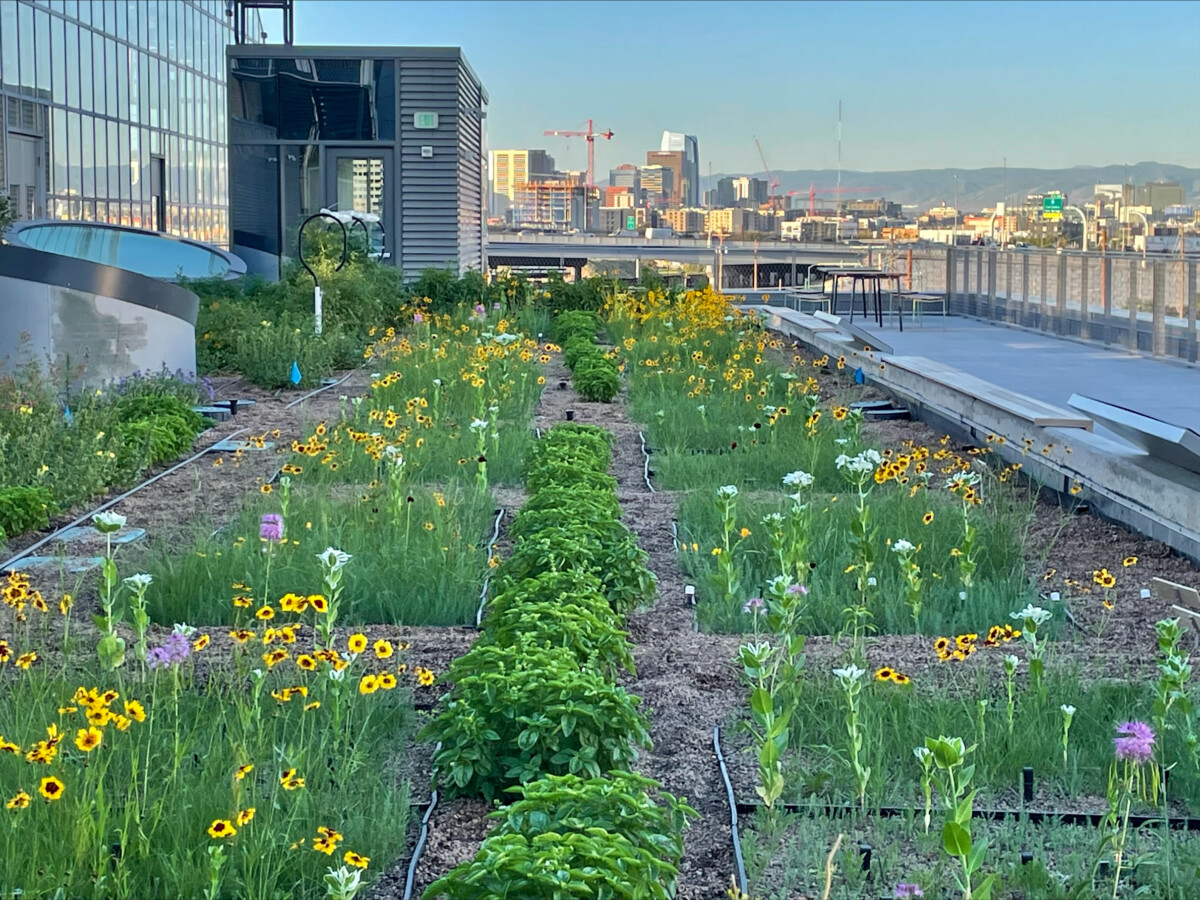
Landscape & Related Regulations
Mandatory landscape regulations and ongoing initiatives in other departments warrant a final note as future platforms where green roofs may be encouraged as beneficial. In light of the fragile relationship between water and communities in the West, teams from CCD departments are exploring opportunities to serve the community’s future vision through mandatory landscape regulations. Such requirements could decrease water use on individual properties while elevating ecological health and leading residents to consider more broadly how collective market demands impact regional water consumption. Green roofs may help increase ecological connectivity, strengthening integration of the citywide landscape.
Work on this and related initiatives is ongoing across CCD departments, and includes public collaborations, local research, and shared efforts involving outside local entities also involved in resource management. As conditions continue to change globally, regionally, and locally, Denver’s policymakers are committed to working diligently with residents to creatively support the community’s adaptation long into the future. City teams seek and welcome subject matter expertise and local perspectives. This critical input will clarify capacity of vegetated roofs to support achievement of Denver resident aspirations for the future, and inform their further incorporation into community regulations.
